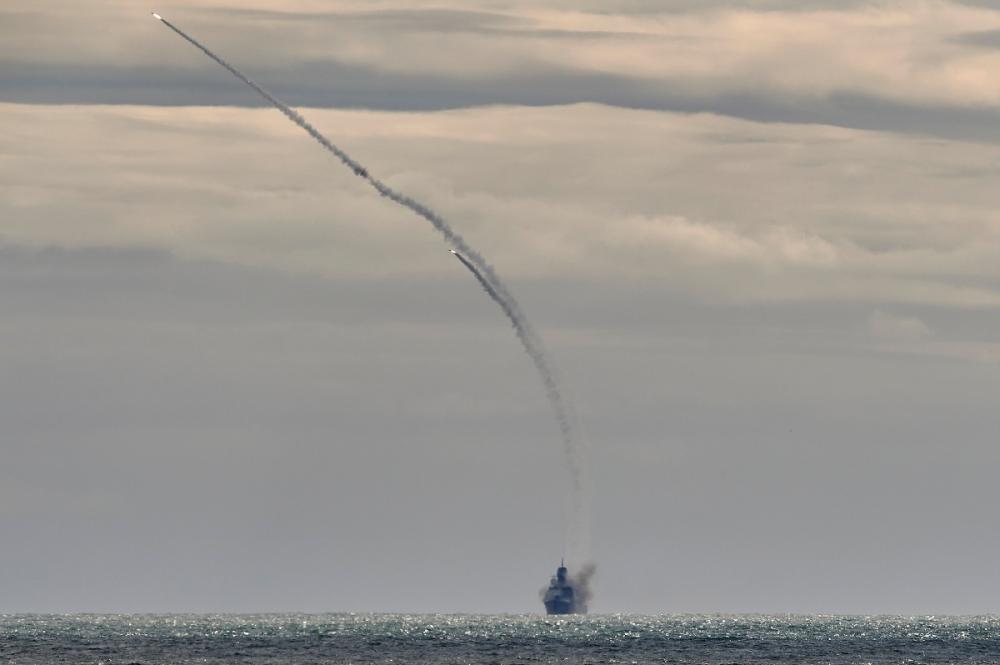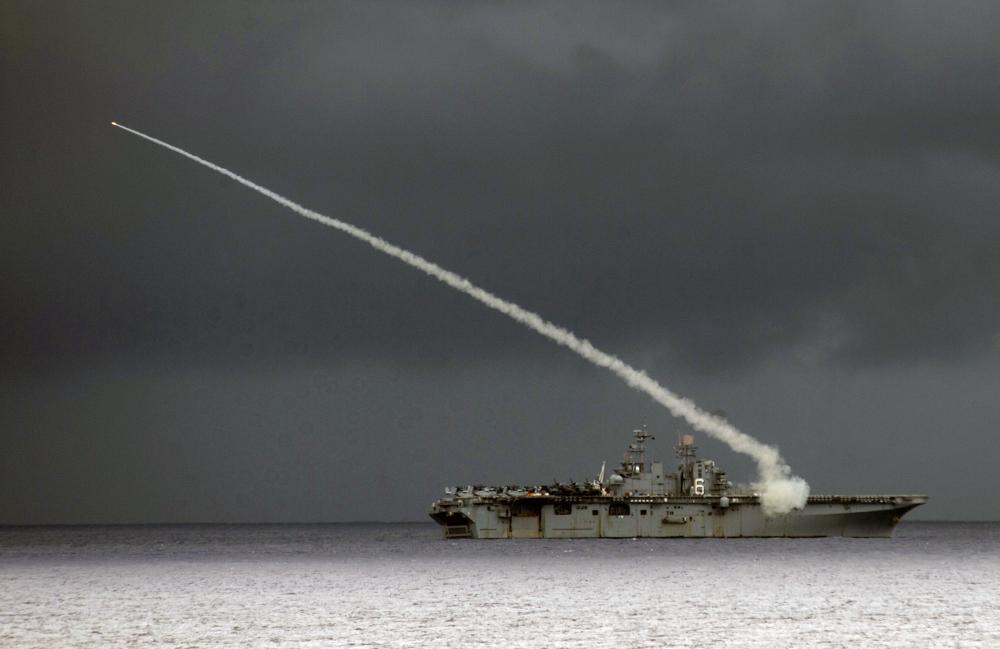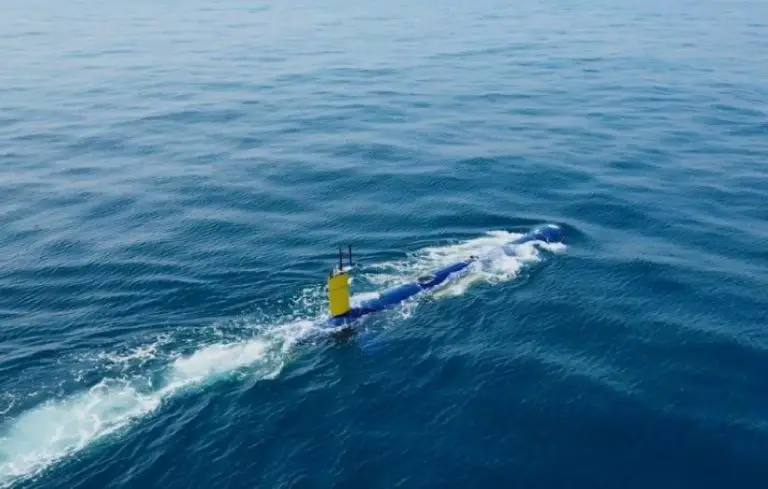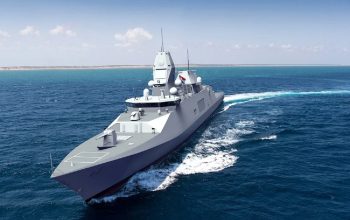Raytheon Co., Tucson, Arizona, is awarded a $7,809,949 firm-fixed-price modification to previously awarded delivery order under basic ordering agreement in support of the Evolved Seasparrow Missile (ESSM) Block II life of type buy of parts for the NATO Seasparrow Consortium. Fiscal 2021 other customer (international) funds $7,809,949 will be obligated at time of award and will not expire at the end of the current fiscal year. This is a sole source contract pursuant to an international agreement between the U.S. and 10 other Block I countries and 10 other block II countries. The U.S. Naval Sea Systems Command, Washington, D.C., is the contracting activity.
The RIM-162 Evolved SeaSparrow Missile (ESSM) is a development of the RIM-7 Sea Sparrow missile used to protect ships from attacking missiles and aircraft. ESSM is designed to counter supersonic maneuvering anti-ship missiles. ESSM also has the ability to be “quad-packed” in the Mark 41 Vertical Launch System, allowing up to four ESSMs to be carried in a single cell. The original Sea Sparrow was an expedient design intended to provide short-range defensive fire in a system that could be deployed as rapidly as possible. The RIM-162 ESSM was upgraded to follow improvements being made in the air-to-air Sparrow models used by the US Navy and US Air Force.

In the 2000s the NATO Seasparrow Project Office began planning an upgraded Block 2 version of the ESSM. In 2014 Canada pledged 200M CAD to underwrite their share of the Block 2’s development cost. ESSM Block 2 leverages the existing Block 1 rocket motor and features a dual-mode X band seeker, increased maneuverability, and other enhancements. Block 2 features enhanced communications systems that allow for mid-course guidance correction, which makes the missiles easy to network into the Navy’s emerging Cooperative Engagement Capability. Block 2’s active radar homing seeker will support terminal engagement without the launch ship’s target illumination radars.
Once in production, ESSM Block 2 would help the U.S. Navy and its 11 other NATO Seasparrow Project partners address increasingly sophisticated anti-ship cruise missile threats. According to the Navy, the current ESSM “provides reliable ship self-defense capability against agile, high-speed, low-altitude anti-ship cruise missiles, low velocity air threats (LVATs) such as helicopters and high-speed, maneuverable surface threats.” Adding the active seeker would help the missile better go after current and future threats. The ESSM Block 2 missile could also be fielded on any ship with a Mk 41 Vertical Launching System, which can fit a quad-pack of ESSMs in one VLS cell.


























